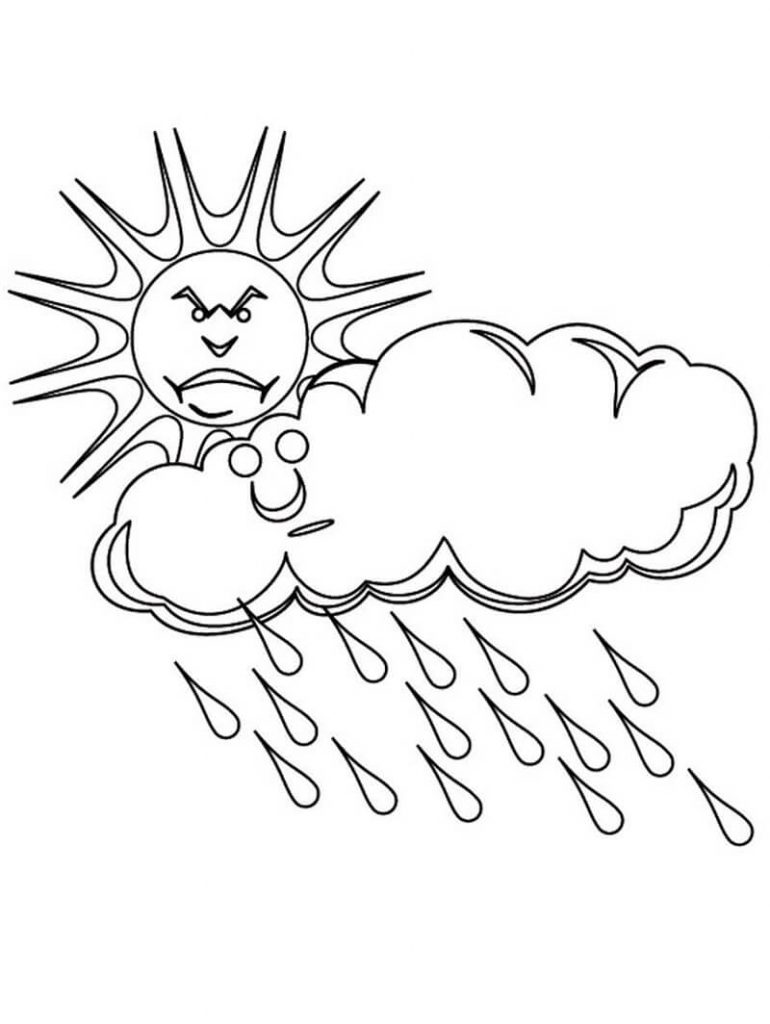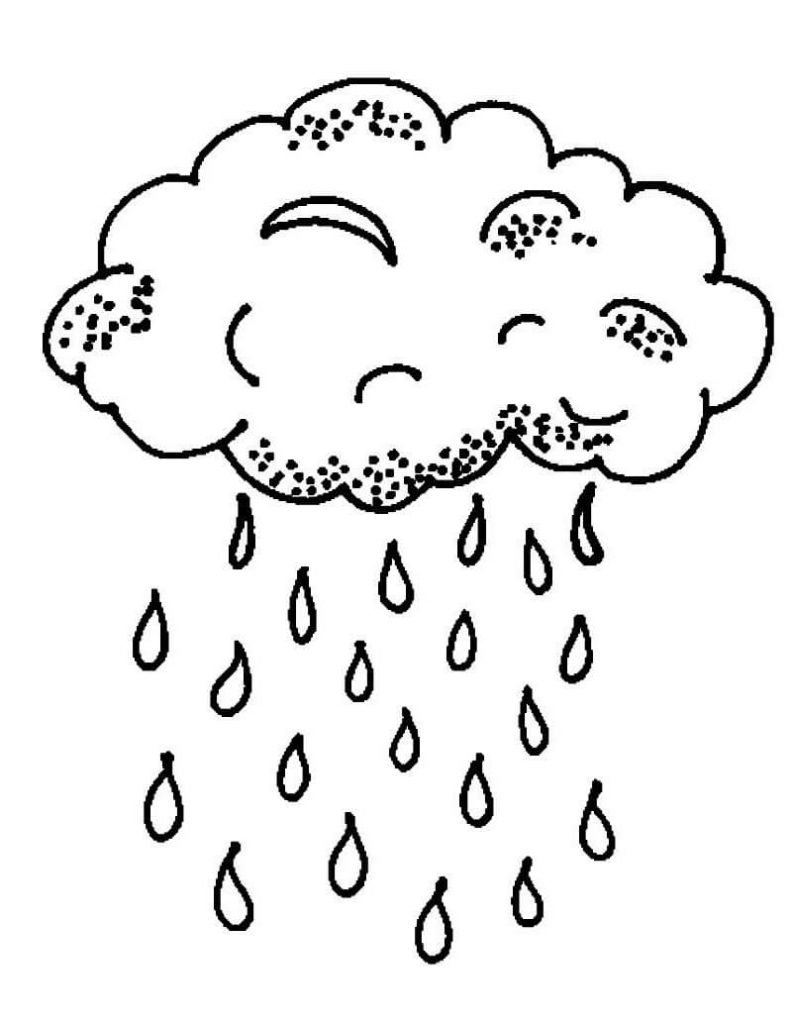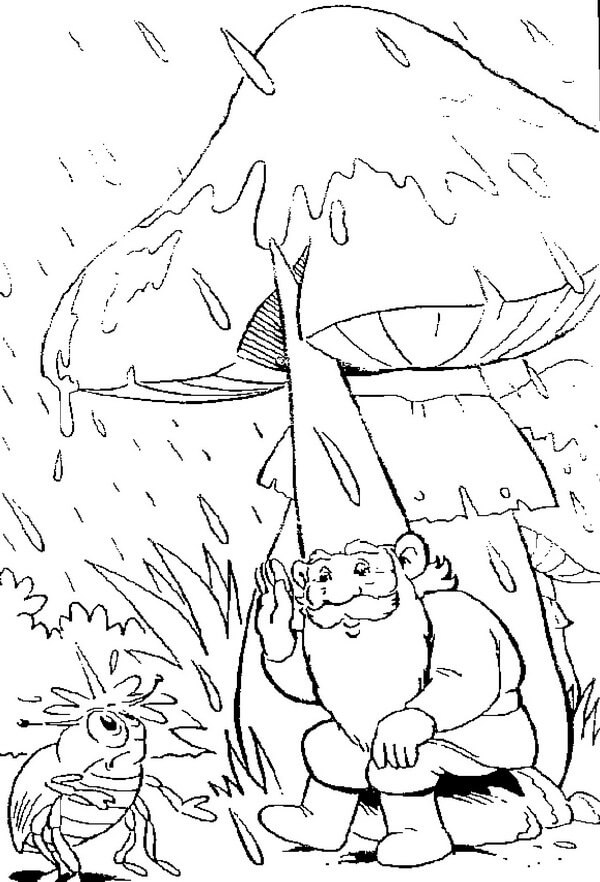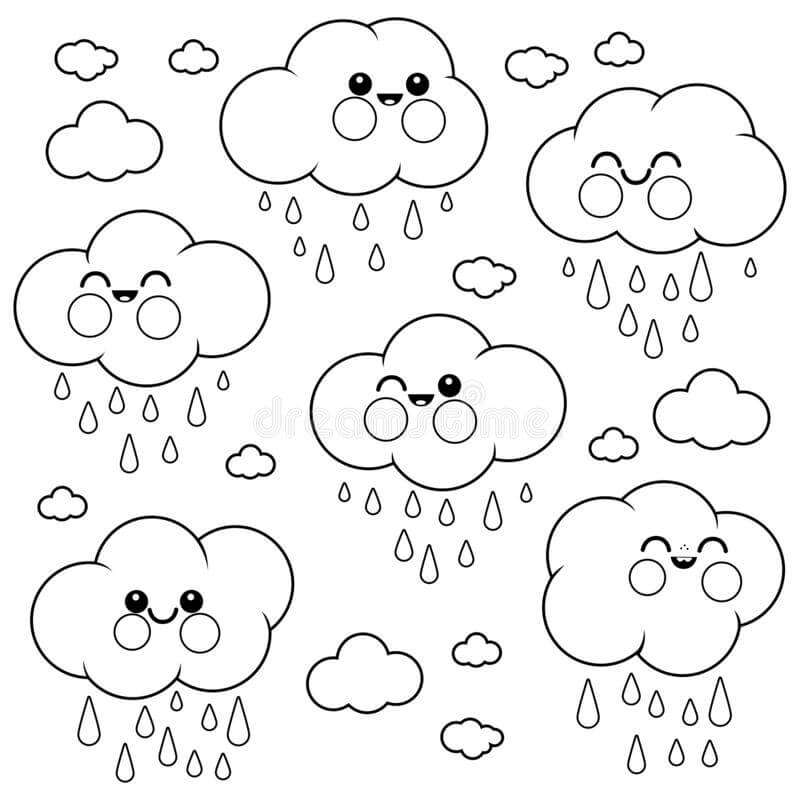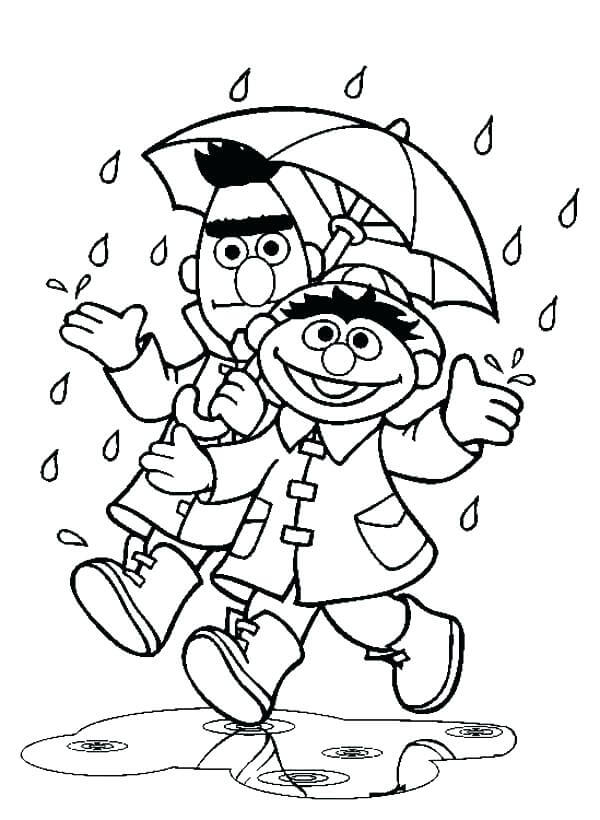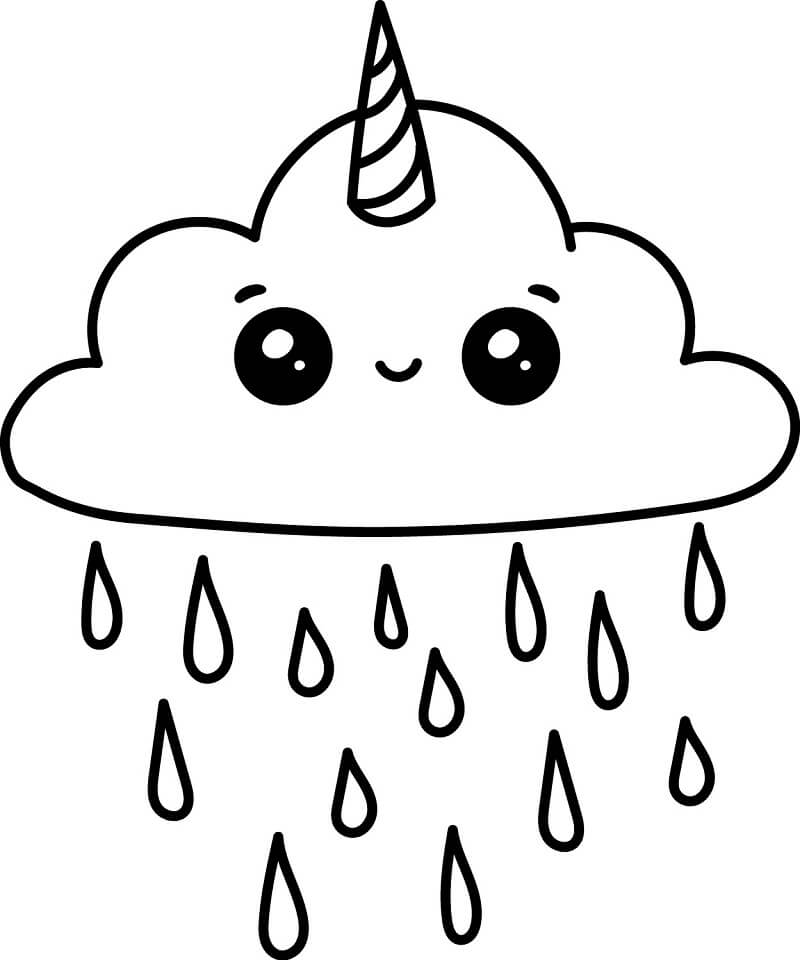Rain is a type of precipitation and is a key component of the water cycle, which is essential for life on Earth.
Rain - interesting facts and information
- How is rain produced? Rain is produced when moist air rises upward and cools, causing water vapor to condense into dust particles and other particles, forming clouds. When the water droplets in the cloud become large enough that gravity pulls them down, rain begins to fall.
- Types of rain: There are different types of rain, depending on how it is produced and the weather conditions that affect it. For example, transient rain is short-lived precipitation that passes quickly through a place, while monsoon rain is intense and long-lasting rainfall that is typical of certain regions, such as Southeast Asia.
- Measuring rain: The amount of rainfall is measured with a rain gauge. This is a simple container with a hole at the top that collects rain. The amount of rainfall is usually expressed in millimeters.
- Rain vs. climate: Rain is important for the Earth's climate and ecosystems. In some areas of the world, such as rainforests, rainfall is very frequent and intense, while in others, such as deserts, it is infrequent.
- Acid rain: It is a type of polluted rain that is acidic due to atmospheric pollutants such as sulfur and nitrogen oxides. Acid rain can be harmful to plants, animals and buildings.
- Benefits of rain: Rain provides water for drinking, irrigating crops and feeding rivers. It also helps clean the air of pollutants, can provide relief from heat, and is essential for many forms of life on Earth.





